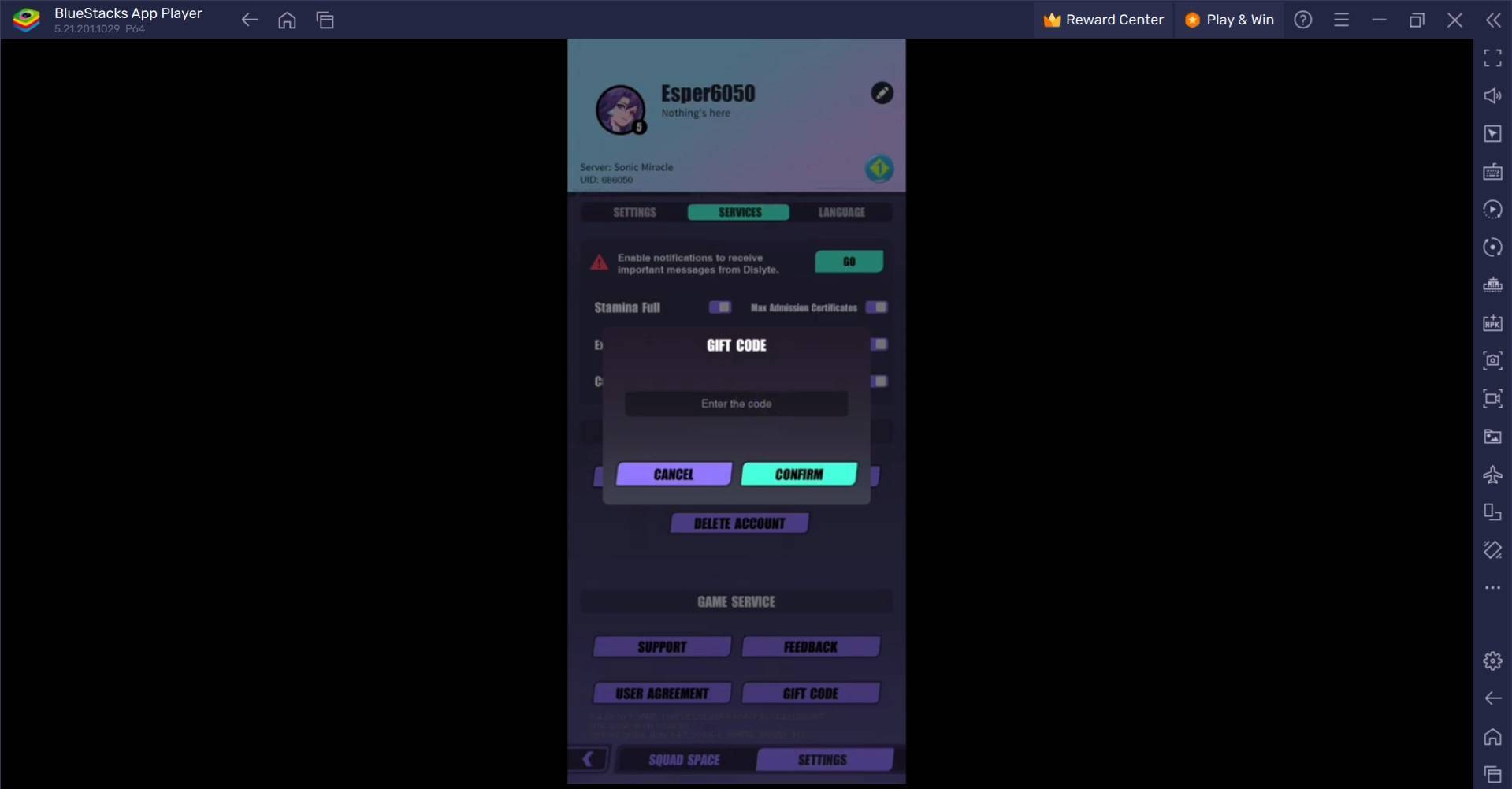On Wednesday morning, Apple unveiled the iPhone 16e, marking it as the most affordable option in the company's current lineup. This new model replaces the 2022 iPhone SE as the budget-friendly choice, although it shifts away from the deep discounts the SE line was known for. Priced at $599, the iPhone 16e narrows the price gap with the $799 iPhone 16 released last fall. Pre-orders for the iPhone 16e begin on Friday, Feb. 21, with the official release following on Friday, Feb. 28.
The iPhone 16e introduces Apple's new C1 cellular modem, the company's first venture into in-house modem technology. Apple has seen significant success with its custom chips like the M1 series for computers and the A-series for mobile devices. However, the cellular modem is a crucial yet often underappreciated component of smartphones. If the C1 modem falls short, users could face connectivity issues. Hopefully, Apple has learned from the "Antennagate" incident with the iPhone 4, ensuring that the iPhone 16e's connectivity is robust and reliable.
iPhone 16e
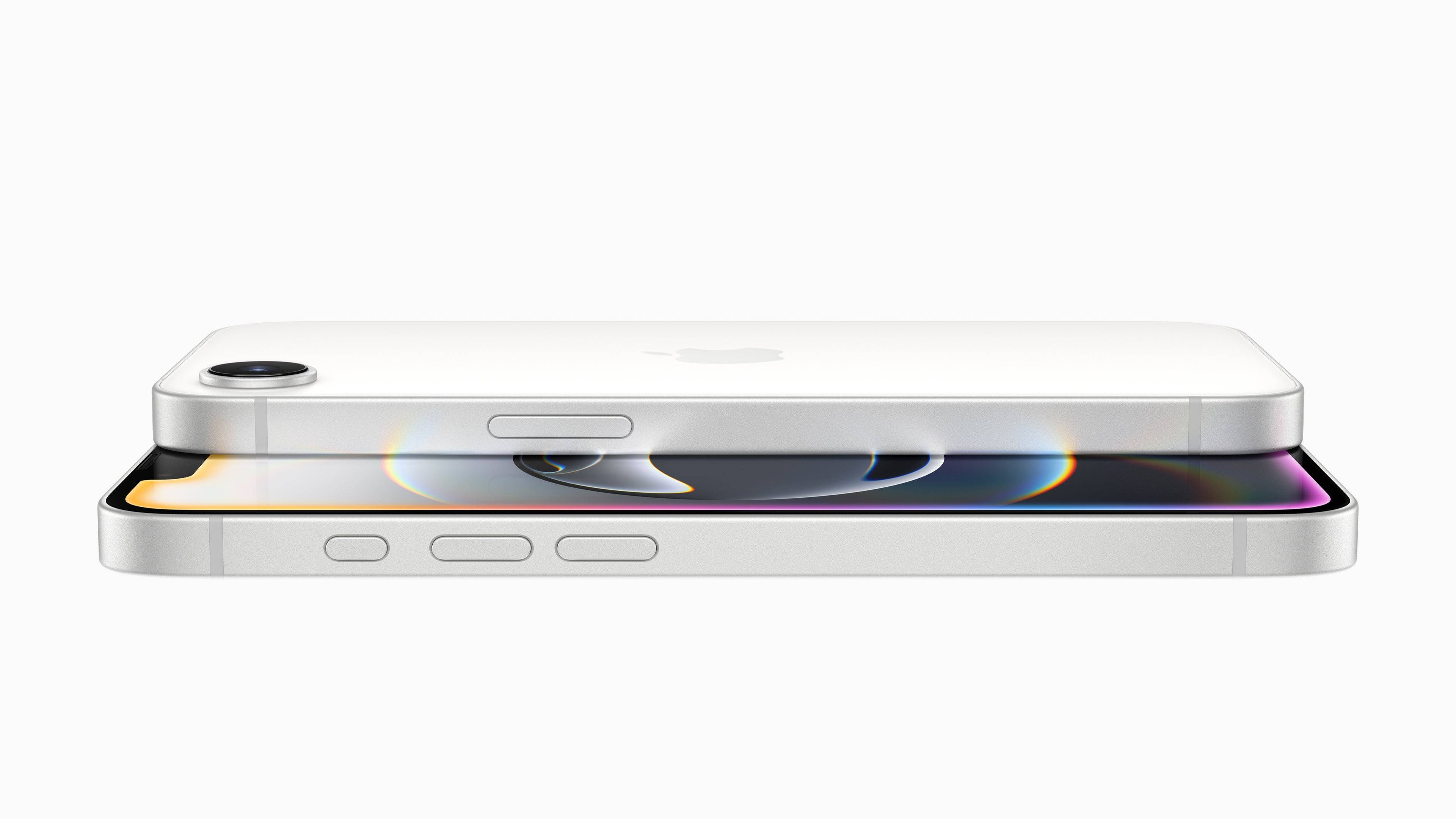
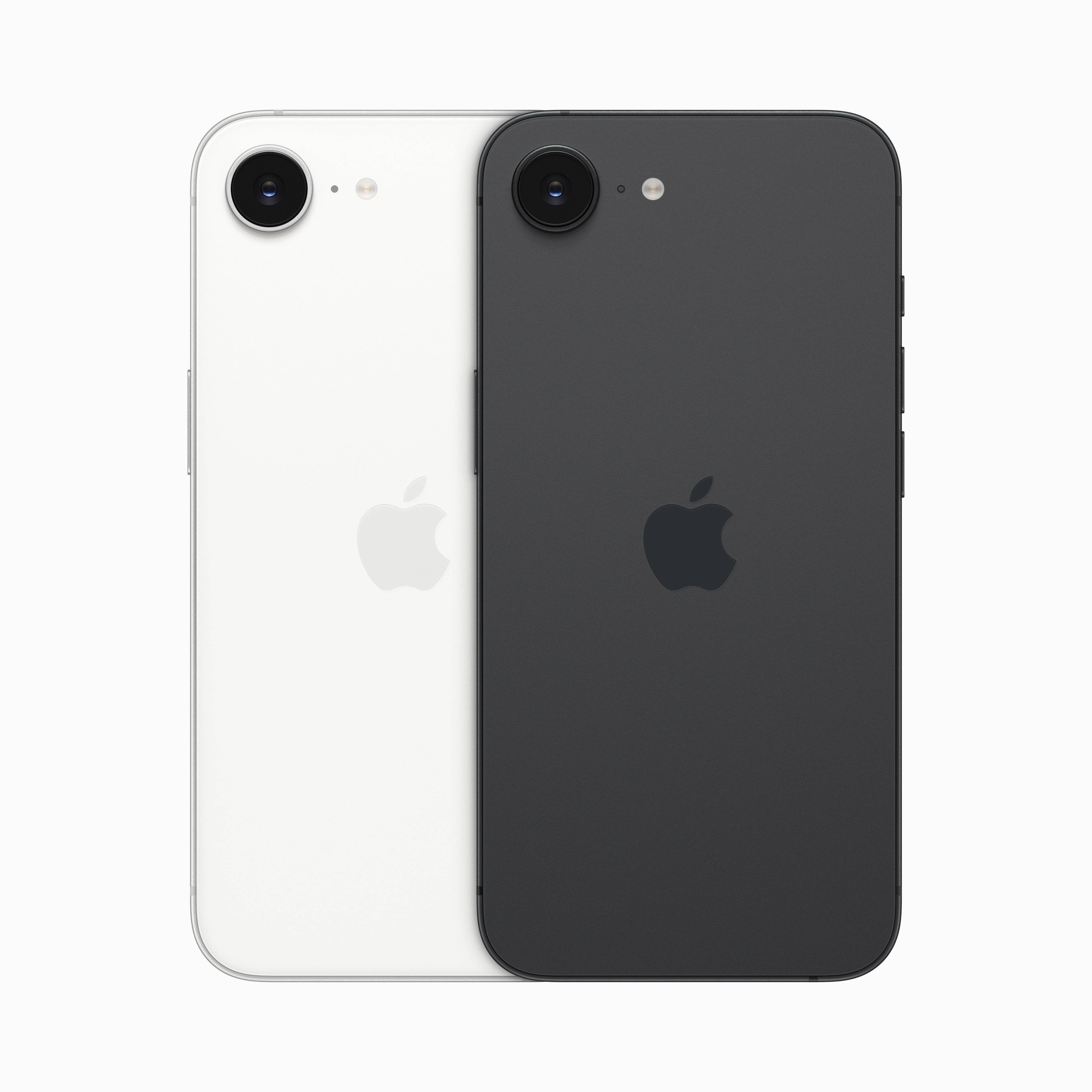 4 Images
4 Images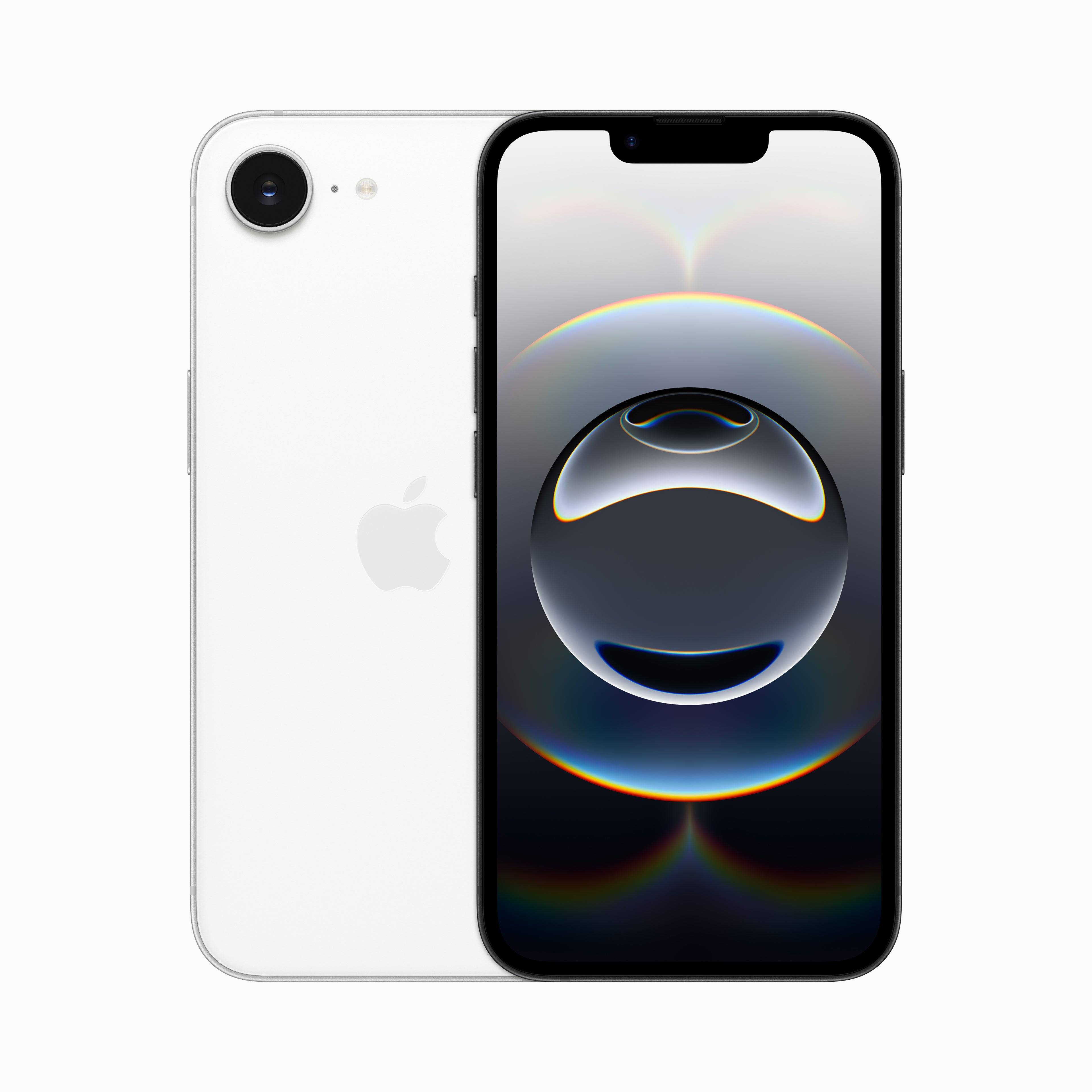
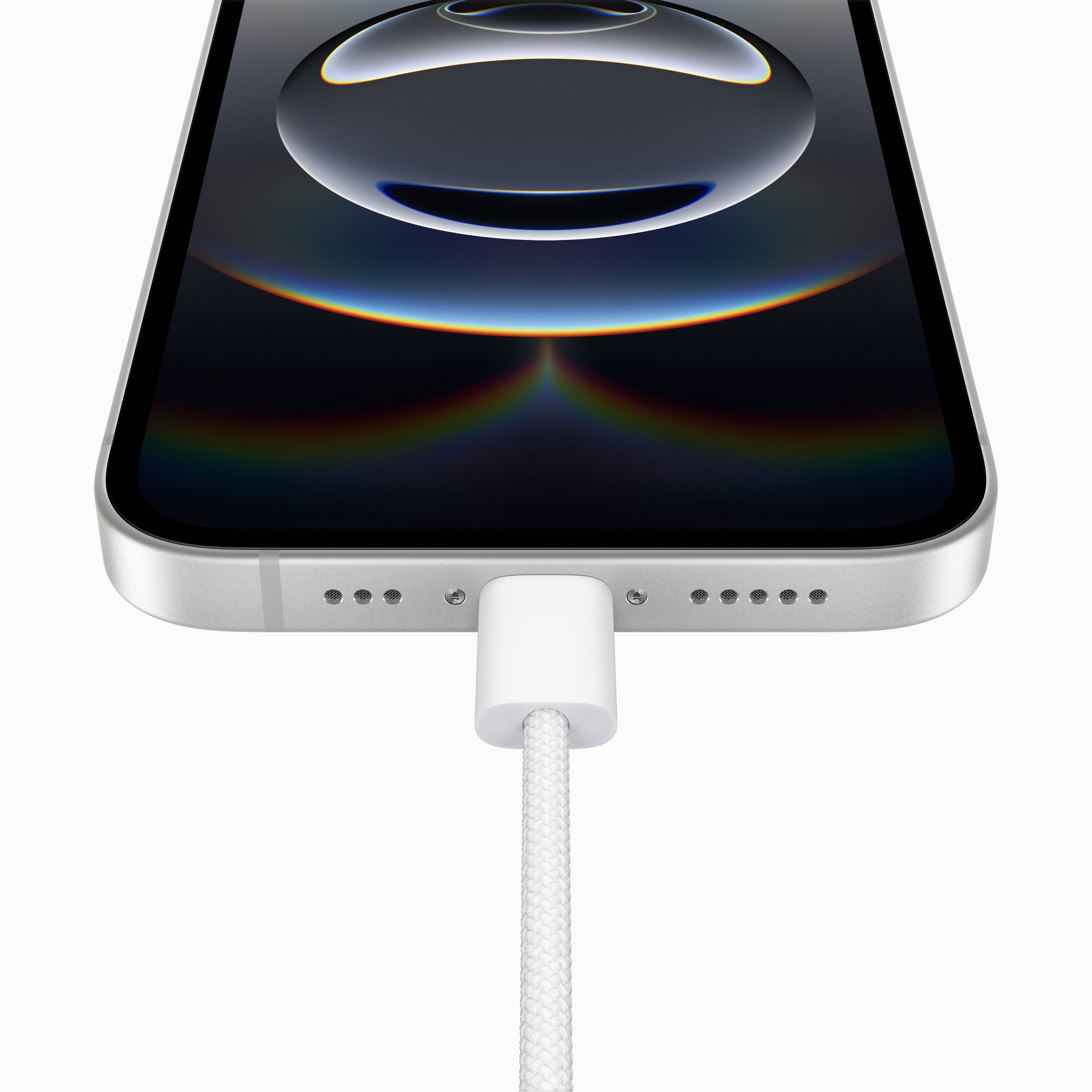
At first glance, the iPhone 16e looks remarkably similar to the iPhone 14 from the front. It features a 6.1-inch OLED display with a resolution of 2532x1170 and a peak brightness of 1,200 nits. While this isn't as sharp or bright as the iPhone 16, the iPhone 16e does include the Action button and a USB-C port, though it lacks the Camera Control feature.
The back of the iPhone 16e sets it apart with a single 48MP camera, reminiscent of the iPhone SE. This camera shares many traits with the iPhone 16's main camera, but misses out on advanced features like sensor-shift stabilization, the latest Photographic styles, and adjustable focus in portrait mode. The front-facing camera, however, is identical to the iPhone 16 and supports Face ID.
Constructed with an aluminum frame, a glass back, and Apple's Ceramic Shield on the front, the iPhone 16e's durability is highlighted in Apple's press release. Although the Ceramic Shield is touted as "tougher than any smartphone glass," Apple has since introduced an even more robust version. This raises questions about the resilience of the Ceramic Shield used in the iPhone 16e, especially given the visible wear and tear observed on the iPhone 16 during testing.
Internally, the iPhone 16e showcases Apple's strategy for product differentiation. While it shares the same "A18" chip as the iPhone 16, it features a 4-core GPU instead of the 5-core GPU found in the iPhone 16. This results in a performance gap, though the inclusion of the Neural Engine ensures compatibility with Apple Intelligence features.
The iPhone 16e represents a compromise to achieve a lower price point than other models in Apple's lineup. At $599, it's the cheapest iPhone available, but it's not as discounted as the 2022 iPhone SE, which launched at $429 with the same chip as the then $799 iPhone 13. While the iPhone 16e's design is based on a more recent model, it still reflects the minor annual updates since 2018.
The real test will be the iPhone 16e's market performance. With compelling alternatives like the OnePlus 13R available around the $600 mark, Apple may struggle to attract buyers outside its existing ecosystem. The success of the iPhone 16e will hinge on its appeal to cost-conscious consumers seeking quality without breaking the bank.
 Home
Home  Navigation
Navigation






 Latest Articles
Latest Articles









 Latest Games
Latest Games










